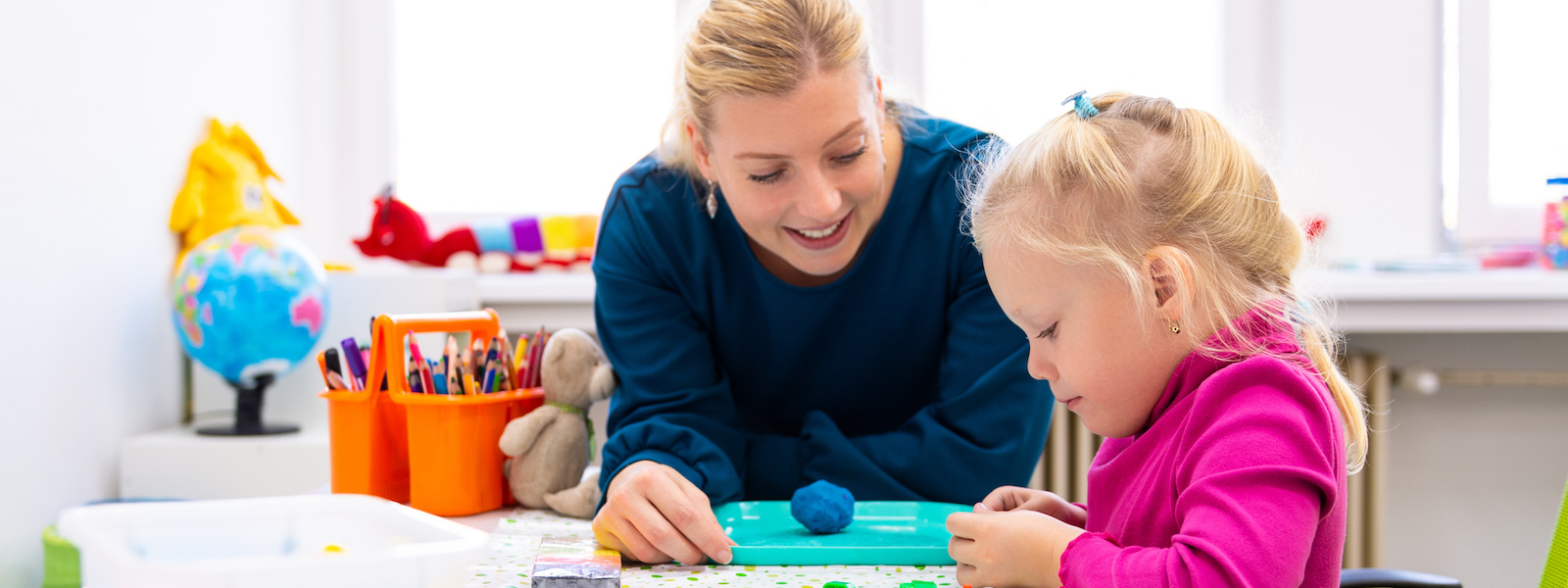As parents of children with neurodevelopmental disabilities, it can be challenging to know how to support our children’s learning and behavior. Fortunately, there are evidence-based strategies that can help, including Applied Behavior Analysis (ABA) and positive reinforcement.

Recently, our ABA company shared a post on Instagram with a parent training tip for children with neurodevelopmental disabilities: use positive reinforcement. In this blog post, we’ll expand on that idea and explain why it’s so important for parents to understand and use positive reinforcement when working with their child.
What is Positive Reinforcement?
Positive reinforcement is a behavior management technique that involves rewarding desired behavior to increase the likelihood that it will be repeated. It’s a simple concept that can be very effective, especially for children with neurodevelopmental disabilities who may struggle with learning and behavior.
Examples of positive reinforcement include verbal praise, high-fives, stickers, tokens, and other rewards that are meaningful to the child. The key is to choose a reward that the child finds motivating and to give it immediately after the desired behavior occurs.
Why Positive Reinforcement Works
Positive reinforcement is based on the principle of operant conditioning, which is a fundamental concept in ABA. Essentially, when a behavior is followed by a reward, it becomes more likely to occur in the future. This is because the brain learns to associate the behavior with a positive outcome, and so the behavior is reinforced.

For children with neurodevelopmental disabilities, positive reinforcement can be especially powerful because it provides immediate feedback and helps them to learn and remember new behaviors. It also helps to build positive relationships between the child and the parent, as the child learns to associate the parent with positive experiences and rewards.
How to Use Positive Reinforcement in Parent Training
If you’re a parent of a child with a neurodevelopmental disability, you can use positive reinforcement in your everyday interactions with your child. Here are some tips to get started:
- Identify the behaviors you want to reinforce: Think about what behaviors you would like your child to do more of, such as following instructions, using social skills, or completing tasks.
- Choose rewards that are meaningful: Consider what rewards your child finds motivating, such as praise, tokens, or a special activity.
- Give the reward immediately after the desired behavior: The reward should be given immediately after the child exhibits the desired behavior, to reinforce the behavior and create a positive association with the reward.
- Be consistent: Positive reinforcement is most effective when it is used consistently and frequently. Be sure to reinforce desired behavior every time it occurs, and gradually reduce the frequency of reinforcement as the behavior becomes more consistent.
By using positive reinforcement in your parent training, you can help your child to learn new skills and behaviors, build positive relationships, and increase their confidence and self-esteem. It’s a simple but powerful tool that can make a big difference in your child’s life.
If you’d like to learn more about ABA and how we can support your family, contact us today. We’re here to help you and your child thrive!


